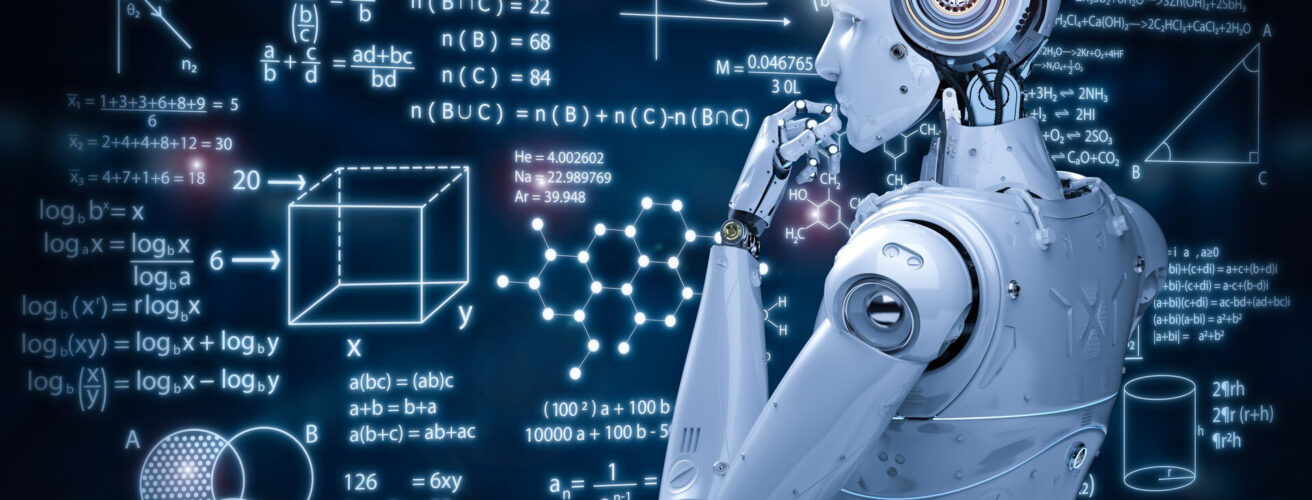In this blog, we discuss how AI is revolutionizing software development and why it’s a game-changer for businesses and development teams.
AI-Powered Development: A New Paradigm
Software development today is characterized by complexity, agility, and the need for faster delivery without compromising quality. Mounting calls for scalability, one-ness, and responsiveness are overpowering aging ways. That’s when AI steps in.
AI introduces automation, forecasting, and intelligence at every phase of the software development lifecycle (SDLC). With developing enterprise-grade systems, mobile apps, or cloud products, AI enhances human capacity and accelerates delivery through:
- Smart code completion
- Test automation
- Bug detection and rectification
- Automation of the DevOps process
- Enhanced user experience (UX) due to personalization
7 Ways To Use AI In Software Development
Let’s analyze how AI helps every phase of development.
1. Intelligent Planning and Requirements Gathering
AI can, prior to writing a single line of code, examine user behavior, user feedback, and usage patterns, allowing product managers to define more precise requirements. Natural Language Processing (NLP) software evaluates vast amounts of user reviews, support requests, and product log data to propose new features or enhancements.
Artificial Intelligence-based market analysis tools also enable user trend forecasting, gap analysis, and competitor strength documentation, allowing the developers to create context-specific and timely applications.
Use case: AI is utilized by product managers of online stores to analyze seasonal purchasing patterns and adjust app features accordingly, such as AI-suggested homepages or interactive checkout flows.
2. Automated Code Generation and Review
AI not only helps but can even produce code. Tools such as GitHub Copilot, which is based on OpenAI, provide intelligent, context-aware coding suggestions that minimize manual typing and decrease development time by a significant fraction.
AI is used to analyze code for syntax, reasoning, and security bugs. It also analyzes pull requests and highlights possible issues that could otherwise be missed in the conventional peer review process.
Advantages:
- Faster prototyping
- Fewer bugs
- More efficient code
Example: A back-end team utilizes AI tools to automatically generate CRUD (Create, Read, Update, Delete) operations from data models, thereby eliminating hours of manual coding.
3. Accelerated and Self-Independent Testing
Testing by hand is tedious, and even automated scripts have to be updated from time to time. AI helps make adaptive test generation possible, which allows the system to automatically generate and update test cases according to new code changes.
Failure hotspots can also be detected by AI, along with high-risk sections to be tested first, and even conduct regression testing itself.
Top tools: Testim, Applitools, Functionize, and Selenium with AI add-ons.
Usage scenario: In a CI/CD pipeline, AI watches over code commits and automatically generates test suites for modules affected by the latest changes, reducing downtime.
4. Smart Bug Detection and Debugging
Bug discovery and fix is normally the most painful activity of coding. AI-based tools look into past bug data, system logs, and error reports to identify anomalies prior to them being showstoppers.
Some of them even incorporate self-healing features, repairing frequent bugs or rolling back buggy code automatically.
Tools to learn: DeepCode, Snyk, and CodeGuru by AWS.
Use case: A fintech leverages AI to monitor live logs and receives real-time alerts for risky patterns of transactions so that developers can close the loopholes before fraudsters strike.
5. DevOps and CI/CD Pipeline Optimization
AI accelerates DevOps practices with automated monitoring, deployment, and incident response. It foresees system failure, optimizes resource utilization, and provides improved uptime.
In Continuous Integration/Continuous Deployment (CI/CD), AI forecasts build failure, estimates delivery time, and even resolves rollbacks when performance metrics drop below certain levels.
Use case: An AI system monitors server utilization and dynamically scales infrastructure according to projected demand, minimizing costs during lean periods.
6. Personalized and Adaptive User Experiences
Software today must support diverse user needs in real time. AI helps customize user experiences through behavior analysis, interface adjustments, content adjustments, and feature tweaks, all of which are made accordingly.
From conversational chatbots that can learn to real-time adaptive recommendation engines, AI makes apps smarter and more interactive.
Use case: A SaaS platform dynamically adjusts its dashboard layout based on user activity, providing power users with direct access to analytics. In contrast, new users are provided with guided tours and suggestions.
7. Continuous Learning and Improvement
Unlike traditional systems, AI-powered applications learn and improve with time. This continuous feedback system not only improves the product but also enhances the development process.
AI enables teams to review usage patterns, conduct A/B testing, and establish feedback loops, fostering a data-driven development culture.
Example: A mobile app utilizes reinforcement learning to optimize its onboarding sequence for user retention, leveraging engagement metrics.
Challenges to Keep in Mind
The advantages are numerous, but AI in software development poses challenges:
- Data privacy concerns: The leverage of user data to train AI models must be accompanied by tight security measures.
- Explainability: AI suggestions or corrections may not always be obvious to developers.
- Skill gap: Organizations need to reskill in AI technologies in order to understand and implement them effectively.
- Cost and infrastructure: Deploying and training AI models can be expensive and require substantial infrastructure.
However, these disadvantages can be countered with the right tools, partnerships, and long-term vision.
Future Outlook
AI is evolving rapidly, and we’re only just beginning to grasp the possibilities of software development. Any day now, we can look forward to:
- Autonomous development agents
- Natural language components to create end-to-end applications
- AI-assisted debugging and system planning
- Increased partnership between human developers and AI copilots
- Firms that make the leap of faith now will be well-placed for the future wave of innovation.
Final Thoughts
Artificial intelligence is transforming how software is imagined, written, and updated. From freeing up drudgery to opening entirely new frontiers of possibility, it frees developers to do what they do best—invention, creativity, and user-driven solutions.
For organizations, AI in software development is not a tool but a strategic accelerator. Those who introduce it purposefully and early will achieve unprecedented velocity, productivity, and resilience in the digital economy that is transforming at lightning speed.
At Digitally, we assist pathbreaking businesses in harnessing AI power to revolutionize their development cycles and provide more intelligent, quicker, and future-ready software solutions.
Let’s build what’s next—together.
www.digitraly.com | info@digitraly.com


